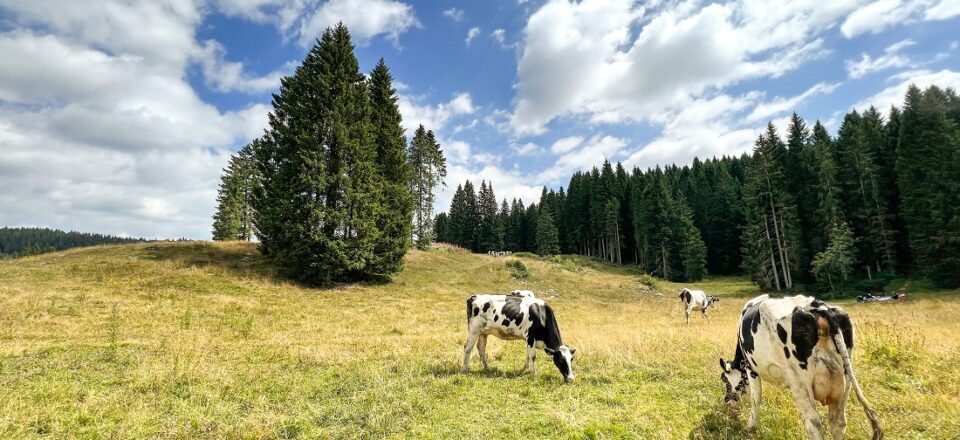
Livestock farming mitigates climate change
New studies review emissions calculation and significantly reduce the environmental impacts of Italian farms.
Italian livestock farming contributes to combating global warming and mitigating climate change. This, in summary, is the result of an Italian researchers’ team who recalculated our country’s livestock sector emissions using a new metric proposed by a group of physicists of the Oxford atmosphere and published in Nature.
“The introduction of these new metrics due to the work of the English physicists is destined to change the frame of the debate on the sustainability of the livestock system,” said Giuseppe Pulina, president of Carni Sostenibili. For the first time, the Oxford study considered the difference in action on global warming between short-lived climate pollutants such as methane and long-lived climate pollutants such as carbon dioxide.
The new metrics take into account the permanence of gases in the atmosphere
The researchers have observed that if a greenhouse gas remains in the atmosphere for a short time, its effect on global warming is zero. If emissions remain constant every year, they are negative (the atmosphere cools down) if they decrease. This is because reducing its concentration also reduces its contribution to the greenhouse effect. But it is highly heating if emissions increase because this type of gas has a much more greenhouse effect than CO2. The new metrics, therefore, take into account this difference and, in particular, for how long a gas remains in the atmosphere, a substantial difference if we consider that methane after 50 years has practically disappeared, while carbon dioxide remains in the atmosphere for over a thousand years.
In calculating the climate impacts of the agri-food system, we must consider that methane and CO2 are produced in all natural phenomena, including humans, and that the greenhouse effect is also a natural phenomenon, without which the temperature of our planet would be about – 15ºC. Climate change results from increased greenhouse gas emissions due to anthropic activities, so we must not include in the count the respiration of plants, animals and microbes, and natural emissions from volcanoes and natural fires.
For this reason, we talk about “biogenic emissions“, different from those of fossil fuels, in which coal, oil and natural gas are burned, releasing CO2 molecules, which will return to fossil fuels only in millions of years, with an “open” carbon cycle. Instead, in the case of agricultural production, the cycle is “closed”, not in fossil times, but in biological time.
So, the growth of photosynthesising biomass, such as plants, algae or bacteria, allows it to absorb part of the emitted CO2 of biogenic origin and part of that fossil engaged in the production system. This is why, although agricultural and livestock systems are a source of greenhouse gases, agroecosystems can absorb some of the emissions with a cyclic flow regulated by a continuous exchange between plants, animals and the surrounding environment.
Italian animal husbandry: emissions reduced to – 49 million tonnes of co2 equivalent in 10 years
Based on official data published by the Istituto Superiore per la Protezione e la Ricerca Ambientale (ISPRA) from 1990 to 2020, the Italian researchers applied these new metrics to methane emissions of all Italian livestock chains. Then they compared the results with those obtained using old metrics. What emerges is a significant reduction in emissions and even the negativisation of the Environmental Footprint. If we look at the cumulative contribution of Italian livestock production to global warming in the last ten years – methane and nitrous oxide emissions – with the application of the new metrics, this decreases until it becomes negative: from +206 million tonnes of CO2 equivalent calculated by the old method (GWP) to – 49 million tonnes estimated by the new metrics (GWP*).




